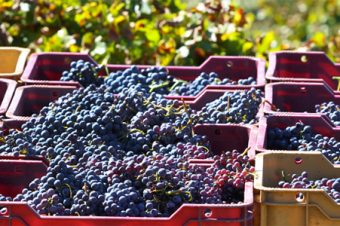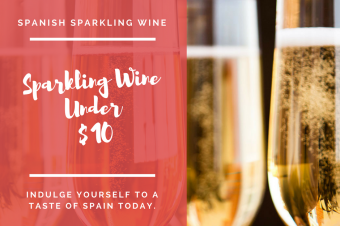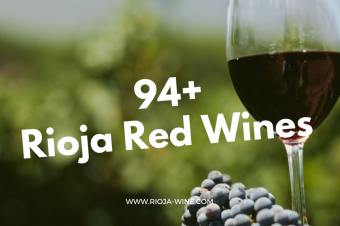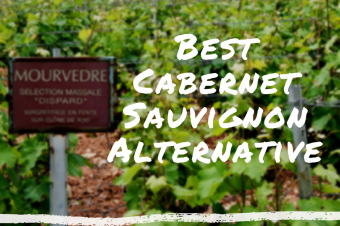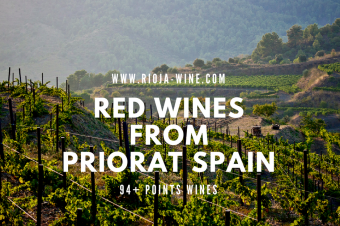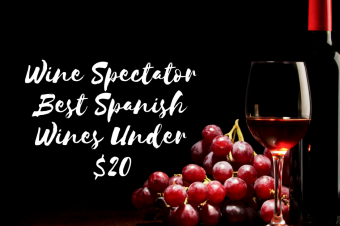Order of Tasting
When you have a wine tasting party or you taste wine with your friends it is very important to serve the wine in the proper order. The appropriate order of wine tasting goes like this. Elderly tasters are always served first, no matter what the gender is. Women will be served next. The men should be served after the women. The host is always served after everyone in the room has a glass.
When you taste different wines you also have to think about the order of the wines being tasted. If you taste heavy or sweet wines before light wines they may leave a taste in your mouth. This is because they tend to dominate the flavor.
A wine taster must taste the lighter wines first or their taste buds will be skewed for tasting other wines. The order wines should be tasted is as follows: sparkling, light white, heavy white, roses, light red, heavy red, and sweet wine.
If you have never tasted the wine it can be hard to know if it is heavy and if it should not be tasted first. You should assess the wines by other characteristics such as the nose, color, and appearance.
Assessing Characteristics
When you assess wine there are a few things to consider. The sweeter and heavier a wine it is you will be able to tell. This is by the swirling method. Red wines that are sweet and heavy will leave swirls on the glass, also known as ‘legs’. This is why you want to drink your red wines out of a bigger bowl shaped glass. You need to be able to swirl the glass to assess the sweetness and heaviness of the wine.
The varietal wines present an aroma of the grapes. A good wine taster will be able to tell the varietal blends by the grape smell. Integration is also considered by a wine taster. Integration includes many different components such as acid, tannin, alcohol and others. These components must all be in balance. The proper term when a wine is in balance with these components is ‘harmonious fusion’.
When a wine’s quality is assessed the term expressiveness is used. This is when the aromas and flavors are well defined in the wine and clearly projected through the taste.
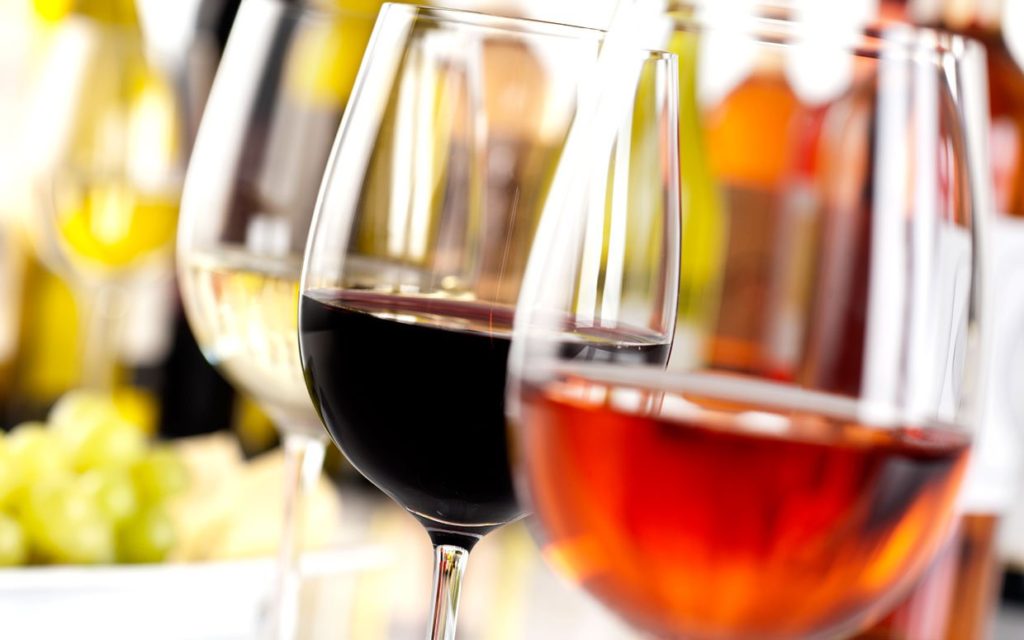
Scoring Wine
There is a set system when you score wines. It is important to compare the merits of different wines. Different aspects are often weighed when you score wines. It is important to know how to score wines when you taste them with your friends. The aspects you will look at in the wine include the appearance, the smell, also known as the nose, the palate or taste, and the overall taste of the wine.
Not all wine scoring systems are the same. Some are weighted differently. For example, the appearance may be 15% of the score and the nose may be 35%. The nose of the wine being better on one glass of wine may make the wine score higher. Most critics have their own preferred system. It is important to come up with a system before you begin wine tasting so you and your tasters are not confused.
Wine Tasting Etiquette
As wine tasting is considered to be a very sophisticated practice there is a specific etiquette you have to follow. This etiquette should remain the same whether you are at a vineyard, a wine tasting private party, or in a restaurant.
When you have a wine tasting party you should only invite the amount of people that you can fit comfortably in the room you want to have your party. A crowd may be intimidating. You do not want any of your guests to feel like they are being rushed when they are pouring a glass or tasting the wine.
Always be sure to have bottled water on hand when you are having a wine tasting. This allows your guests to rinse their mouths out between tasting different wines. If you have just tasted a very heavy wine you must have water ready for the guests. If you do not then their next tasting may be tainted due to the heaviness lingering in their mouths. In addition, water is good because guests will get thirsty and they need to drink something other than the wine.
When you have a wine tasting it is important to provide foods for your guests. However, you also want to be sure to have food on hand that will not change the way the wine tastes in any way. The best snacks to have on hand include unflavored things like bread or unsalted crackers.
Decanting
Some people practice decanting before they serve wine at a wine tasting. This is very controversial to many different wine enthusiasts. Decanting is the process of letting wine breathe before you serve it.
Some people let their wine breathe for a few hours before they serve it. However, decanting is not just letting your wine breathe but it is when you pour your wine into a completely different container to allow the breathing. Some people even apply a special filter when decanting to remove bitter sediments that might have formed in the wine.
Younger bottles of wine benefit more to an aeration process than the older bottles. However, the sediment is more common with the older bottles. Many people say that airing out the bottle can relax the flavor of the wine, making them taste smoother. The wine might have better integration. However, all wines do not benefit from this method. Some wines are meant to drink immediately after popping the cork from the bottle.
The best way to tell if you need to let a bottle of wine air out or be decanted is to taste it first. As soon as you pull the cork off of the wine bottle you can tell by tasting if it needs to air out a little.
Blind Tasting
The best way to hold a wine tasting is by blindly serving the wine to your guests. This means that you do not want the guests to know what you are serving to them. You might want to serve the wine in a black wine glass. However, the guests should also not see the shape of the bottle of wine nor should they ever see the label on the bottle.
You never want a wine taster’s judgment to be altered because they know specific details of a certain wine. Certain considerations that can alter a taster’s judgment about wine include the price, reputation, color, and the geographic region the wine came from.
People have expectations about wine when they know these considerations. If a wine is very expensive or comes from a certain geographical region some people tend to have expectations of the different varietals. Eliminating expectations of the tasters allows a wine tasting to go smoother and the scores of the wines will be more accurate.
Vertical Tasting
When you have a vertical wine tasting you will have one varietal of wine from the same vintage. This means you might have the same wine from different years; 1999, 2000, 2001, etc. The most common purpose of tasting wines like this is to get a good idea of a certain wineries style and composition. You can also get an understanding how the different weather patterns affect grapes during certain years.
Horizontal Tasting
When a horizontal tasting occurs you will use the same wine from many different producers. This type of tasting will allow you to determine which wineries you think produce the better wine. This wine will be from the same year and the same type of wine but from different wineries.
Tasting Flights
When you hold a tasting flight you will have many glasses of wine out for the tasters to test. Next to each glass of wine you will have a card including the specifics of the wine; winery, geographical demographics, type, and more. Some flights include up to 50 glasses of wine to be tasted.
This gives a taster an idea what types of wines come from certain parts of the world and more. You can also get a good idea of the different tastes of the different types of wines when you taste wine through a flight.
Old World versus New World Tasting
Many people enjoy this type of wine tasting. The Old World according to wine enthusiasts is considered to be countries like France, Italy, Austria, Spain, etc. The New World is North America, South America, South Africa, New Zealand, and Australia.
The reason these countries are considered to be the New World is because they are new to the wine producing industry and late starters. However, these countries are significant in producing wines.
Many people like to feature the same types of wines from the old and new worlds to determine which they like better. Some people like to do a horizontal or vertical method with this also. There are many ways to mix it up so you can make your wine tasting successful.
Wine and Cheese Tasting
There are many different palate influences that cheese has when you drink a particular wine. When you taste specific wine combinations properly you will understand how well cheese and wine really do go together.
The best way to serve a Cabernet sauvignon is with blue cheese. All you need is just a little. You might serve the blue cheese with an unflavored French bread also. The blue cheese acts by coating the mouth and laying a foundation which will soften the wine and make it taste very good.
The best way to test this is by taking a taste of the wine first. Wait a minute. Then take a bite of the cheese and take another drink. You will see a big difference.
Wine and Chocolate Tasting
Chocolate and wine can go together if you do it right. Some people completely disagree but this is because they do not know how to pair up the two together. When you drink wine with chocolate it is important to be sure the wine is as sweet as the chocolate you are serving. If you have a wine that is not as sweet as the chocolate it will cause the wine to taste very sour.
If you want to serve lighter wines at a wine tasting with chocolate it is best to stick with chocolates that are lighter also. For instance, the white chocolates are the best with the lighter wines. A white zinfandel will go very well when you pair it with a chocolate that is bittersweet.
Priceless Tasting
Priceless wine tasting is not telling the guests how much the bottle of wine costs. If you have several bottles of wine you don’t want to let anyone know the price of the wine. When guests know what the price of the wine is their judgment is tainted. Never reveal the price of the wine.
If you feel you must tell the guests the price of the wine, be sure you tell them after the tasting is over. This is because it is a natural perception that an expensive wine is superior to a wine that costs a low dollar amount of money. This may be true in some circumstances but it isn’t always the case. You don’t want assumptions to be made before the wine has been tasted or it will ruin the wine tasting.
Price point Tasting
The price point tasting method is very similar to the priceless tasting. However, you will use wines that are in the same price range when you serve the wines. The important factor is to establish a baseline for the dollar amount and stick to it.
Big 8 Tasting
A Big 8 tasting includes a wine tasting of the different varietals of the Big 8 wines in a tasting flight. The big 8 wines include red and white wines. The red wines included in the Big 8 are Cabernet Sauvignon, Pinot Noir, Shiraz, and Merlot. The white wines included in the Big 8 are the Chardonnay, Riesling, Pinot, and the Sauvignon Blanc.
This is a great way to have a wine tasting if your guests don’t know the differences with the different varietals. They can work their way through the wines and find out for themselves what each of the wines taste like and the differences.
This is a fun way to learn about the wines. When you have newer wine tasters this might be the first type of wine tasting you want to have at home. This way, the next wine tasting you have your friends will know what to expect with the different blends of wine.
